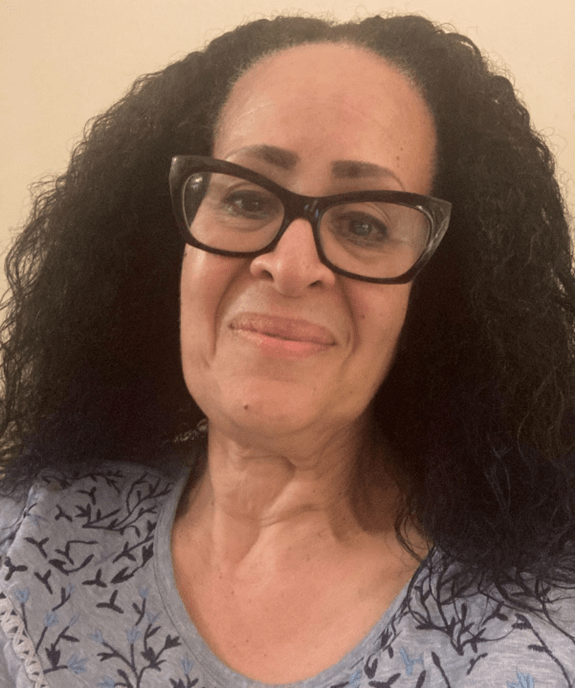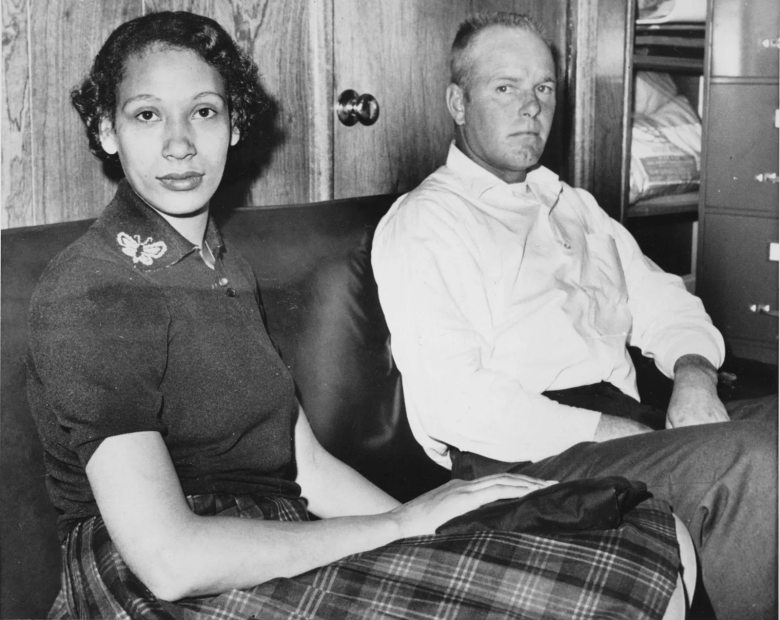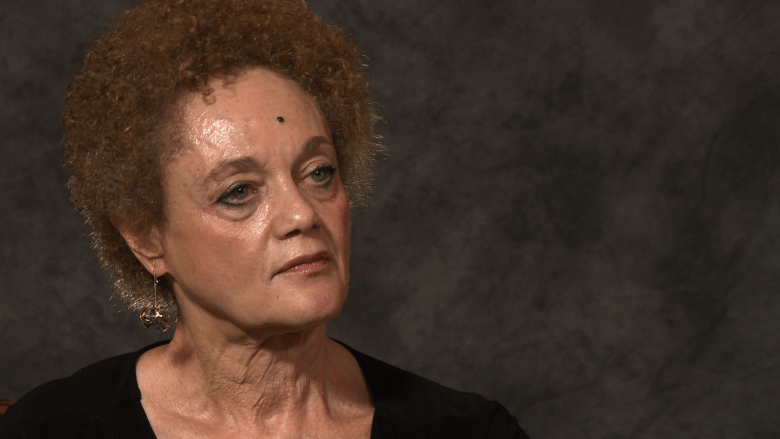Last Updated on June 12, 2024 by BVN
Mariah Brown
If you are the victim of a hate crime, please contact your local law enforcement agency. For additional information please visit oag.ca.gov/hatecrimes.
Multiracial history unfolds a tapestry woven from tales of resistance in the sun-filled landscapes of California.
Critical moments where diversity, identity, and social justice intersect highlight a significant coming together, supporting the inclusion of multiracial individuals and human rights.
Spanning from the Gold Rush era, where cultures melded, to the landmark Loving v. Virginia case challenging interracial marriage bans, and the fervent Chicano and Black Power movements advocating for self-determination, this historical timeline encapsulates the struggles and triumphs of individuals navigating the delicate weave of race and identity.
During the 1850s and 1860s, as the Gold Rush swept through California, the state saw a massive influx of immigrants from all corners of the world. Around 300,000 migrants poured into California beginning in 1848.
In just four years, a multiethnic, multi-racial world was created and propelled California into statehood, according to Carolyn Brucken, senior curator at the Autry Museum of the American West. “You see in this period communities coming together to claim their freedom, improve their lives, and claim rights of citizenship,” Brucken explained, describing the environment as a “powder keg.”
Gold spurred entrepreneurship from the tens of millions of dollars in gold that was extracted, but severely concentrated numerous ethnic groups to a relatively small area of Indigenous lands in the Sierra Nevada foothills with “devastating effects for Native peoples and mixed effects for everyone else,” according to Susan Johnson, Harry Reid Endowed Chair for the History of the Intermountain West at the University of Nevada. “The California Gold Rush is more a cautionary tale than an example of multicultural harmony.”
California’s state government, influenced by prevailing attitudes of white supremacy, financially supported settler violence against Indigenous peoples and enacted a Foreign Miners’ Tax to limit the profits and involvement of Latin Americans and Chinese individuals. Despite its designation as a “free” state, African Americans and American Indians were subjected to labor exploitation, while Native and Chinese women endured sexual exploitation, Johnson noted.
Communities laid the groundwork for cohesion and information-sharing through local institutions and newspapers, key to self-agency and “helped to create these important connections across time and space,” said Alyssa Bentz, Wells Fargo Senior Historian.
The Mirror of the Times in San Francisco and publications like El Clamor Publico provided a secure platform for sharing information and news among Black and Spanish-speaking communities, respectively. Newspapers utilized Wells Fargo’s express services for distribution and subscription payments.
The struggle for equality and fairness became entwined with the pursuit of wealth in California. This naturally resulted in intermingling with white settlers, challenging the prevailing societal norms of the time regarding race and identity.
The consequences of the Gold Rush persisted even after its end, evolving alongside California’s changing economy and influx of newcomers, and “eventually prompting movements for sovereignty and social justice that would start to make gains in the twentieth century,” Johnson said.
We value your feedback. Please take our quick survey two question survey below.
The Evolution of Interracial Marriages
The journey towards acceptance for interracial couples was far from smooth. In the early 20th century, California, among other states, implemented anti-miscegenation laws, aiming to limit interracial unions. Despite these legal barriers, biracial couples persisted, weaving their families and communities into the diverse fabric of California’s cultural scene.
Synthia Campbell, now 59 and of Irish, Scottish, and African American descent, vividly remembers her mother’s struggle with her own parents’ disapproval when she wed a Black man in 1960s Compton, California. “Our family stood out in our community,” Campbell reflects, highlighting the isolation she felt growing up with only her parents.
Amid a backdrop of civil rights activism and social change, preconceived notions of biracial couples were contested. In a historic decision in 1967, the Supreme Court’s ruling in Loving v. Virginia brought an end to anti-miscegenation laws across the United States. The Court’s judgment on June 12, 1967, in the case of Mildred and Richard Loving, declared Virginia’s anti-miscegenation laws unconstitutional, citing violations of the Fourteenth Amendment’s equal protection and due process clauses.

Prior to the Loving v. Virginia ruling, interracial marriage was a topic that most people steered clear of discussing, said Brian Powell, a professor in the Department of Sociology at Indiana University Bloomington. “As long as there was silence, there was no acceptance,” Powell said. “This silence was shattered with the court ruling. As a result, we saw a dramatic shift in Americans’ acceptance of interracial marriage.”
According to a recent analysis by the Pew Research Center, just 3% of newlyweds in 1967 tied the knot with a partner of a different race, as shown by data from the U.S. Census Bureau. This decision signaled a turning point for biracial individuals, ushering in a new era and narrative of interracial identity and relationships.
The 57 years since Loving v. Virginia, Northwestern University Sociologist Cheryl Judice notes an undeniable shift in societal views on black-white relationships. Drawing from her own research focusing on black-white interracially married couples, Judice finds that younger couples encounter fewer social barriers compared to their older counterparts. According to a 2017 Pew Research study, about 90% of non black people expressed willingness to embrace interracial marriages within their families, as these unions steadily increase in the United States. “These insights lead me to speculate that societal acceptance will only continue to strengthen as we look back on the years gone by,” Judice said.

Biracial activism in civil rights
Amid the activism and transformation of the 1960s, California became a center of change, where the Chicano Movement, seeking to reclaim cultural heritage and assert identity, intersected with the Black Power Movement to empower marginalized communities.
In his book “Power to the Poor: Black-Brown Coalition and the Fight for Economic Justice,” Gordon Mantler discusses how Mexican Americans endeavored to collaborate with African Americans and other communities of color to combat discriminatory policies that systematically perpetuated poverty.
“African Americans and Mexican Americans’ common fight against poverty held the greatest potential for multiracial cooperation at the time [late 1960s], given their similar histories of oppression,” writes Mantler.
For multiracial individuals, the Chicano Movement led by visionaries like Cesar Chavez and Dolores Huerta inspired solidarity, self-empowerment, and rights advocacy for Mexican Americans. The once offensive term of reference “Chicano” became a symbol of empowerment.
They showcased their commitment to self-determination and representation through advocacy and challenging racial norms, including the push for improved Chicano education, such as the creation of bicultural and bilingual programs.
Similarly the Black Power Movement acted as a catalyst for change. Biracial activist Kathleen Cleaver, a prominent figure in the 1960s civil rights movement as part of the Black Panther Party, advocated for Black empowerment and liberation through education initiatives and self-determination. As a biracial woman of African and European descent, she represented these ideals for biracial Black individuals.
Cleaver emphasized the importance of representation and challenged societal norms by proudly wearing her natural Black afro hair, fostering discussions about identity and self-expression within the movement and beyond. Popularized during that time was the saying “Black is Beautiful,” in all the phenotypic features it represents.
Beyond symbolism, multicultural activists served as vital bridges between diverse racial and ethnic groups within the struggle for the liberation of communities of color. Navigating multiple cultural identities, they facilitated dialogue, built alliances, and enriched cultural expressions.

In California, multiracial activism reflects struggles and triumphs from the Gold Rush to landmark legal cases, fostering solidarity and reshaping narratives of racial struggle against oppression. Despite California’s reputation as a land of opportunity, history reveals that the pursuit of equity has been hard-fought, evolving and persisting over time.
This resource is supported in whole or in part by funding provided by the State of California, administered by the California State Library in partnership with the California Department of Social Services and the California Commission on Asian and Pacific Islander American Affairs as part of the Stop the Hate program. To report a hate incident or hate crime and get support, go to CA vs Hate.
Tapestry
Part 1: The Cultural, Ethnic, and Racial Threads of an Evolving Community
Part 2: Shadows of Struggle: Biracial Identity in America
Part 3: Forging Identity– A Journey through the History of Multiracial People in California



